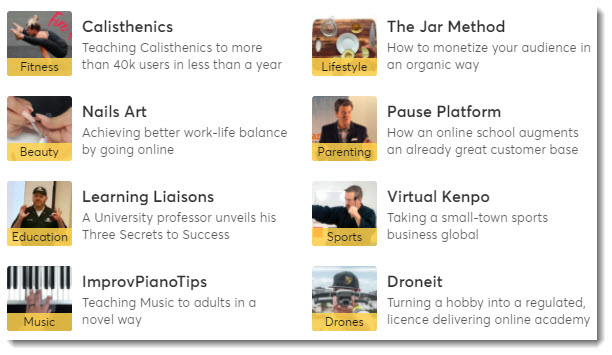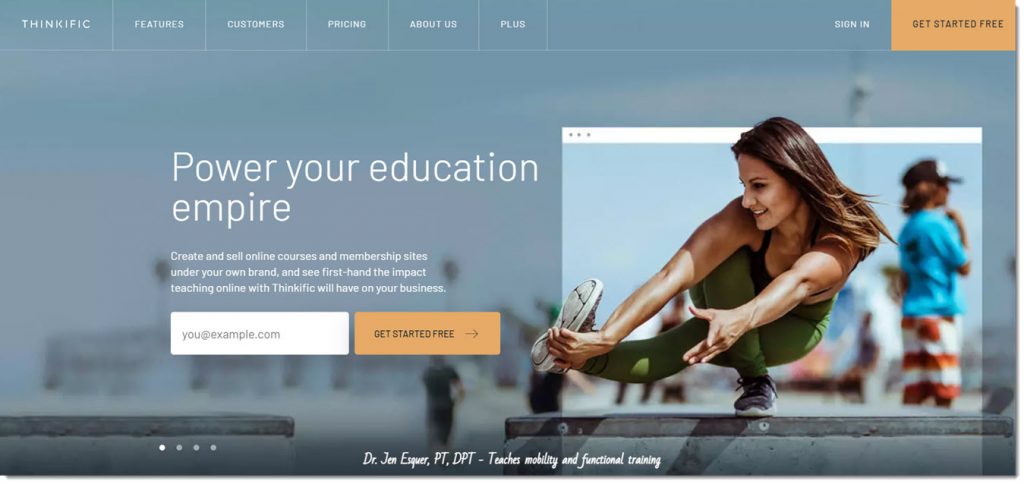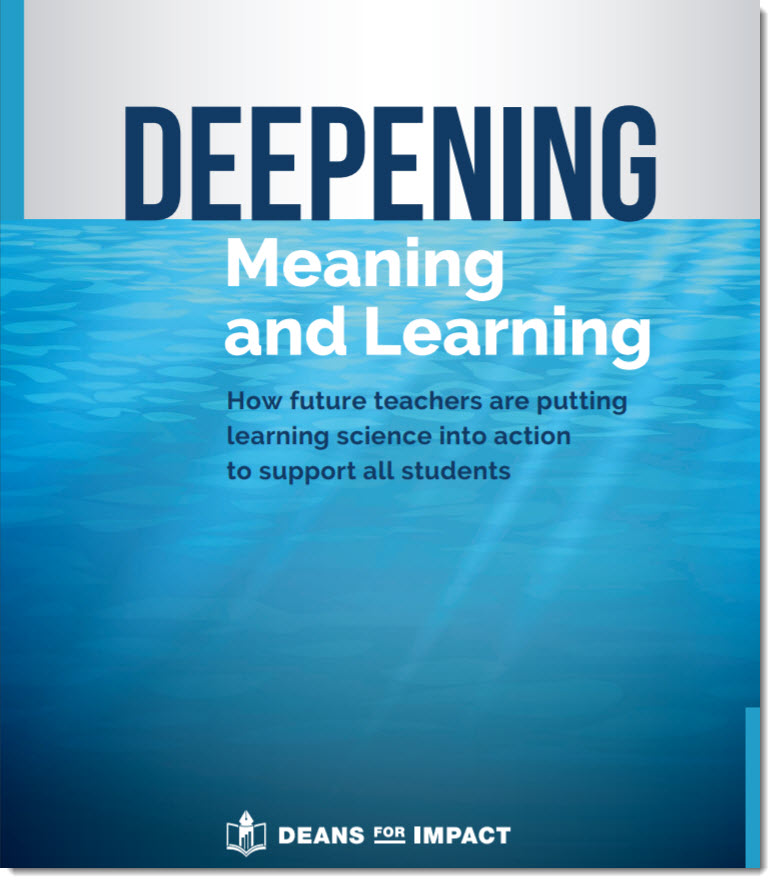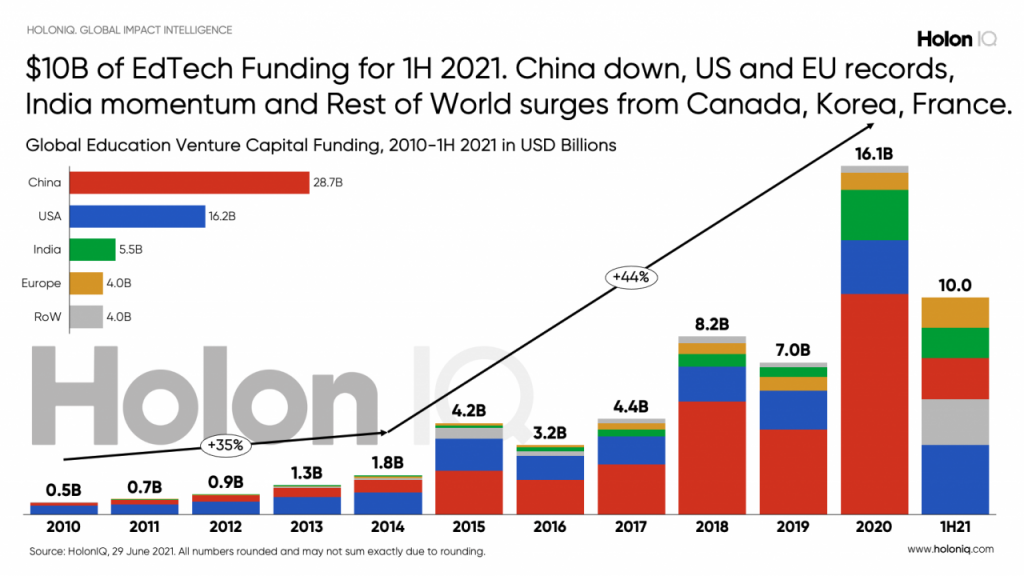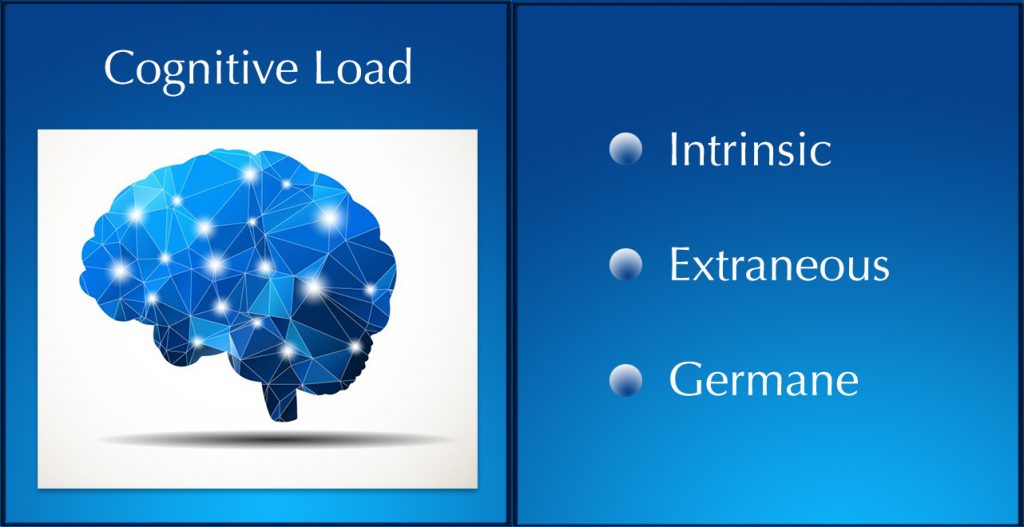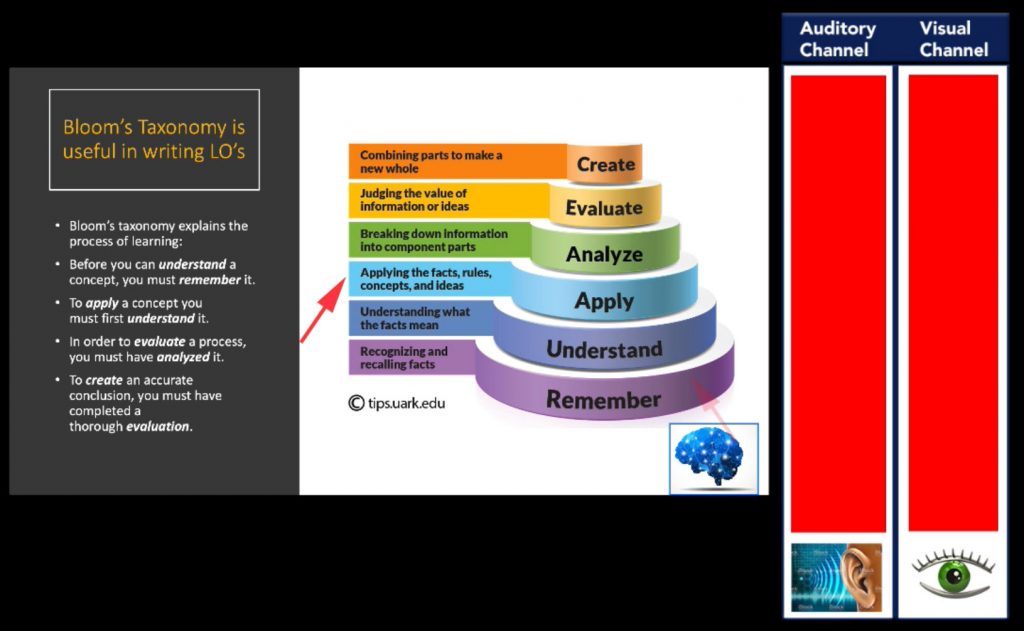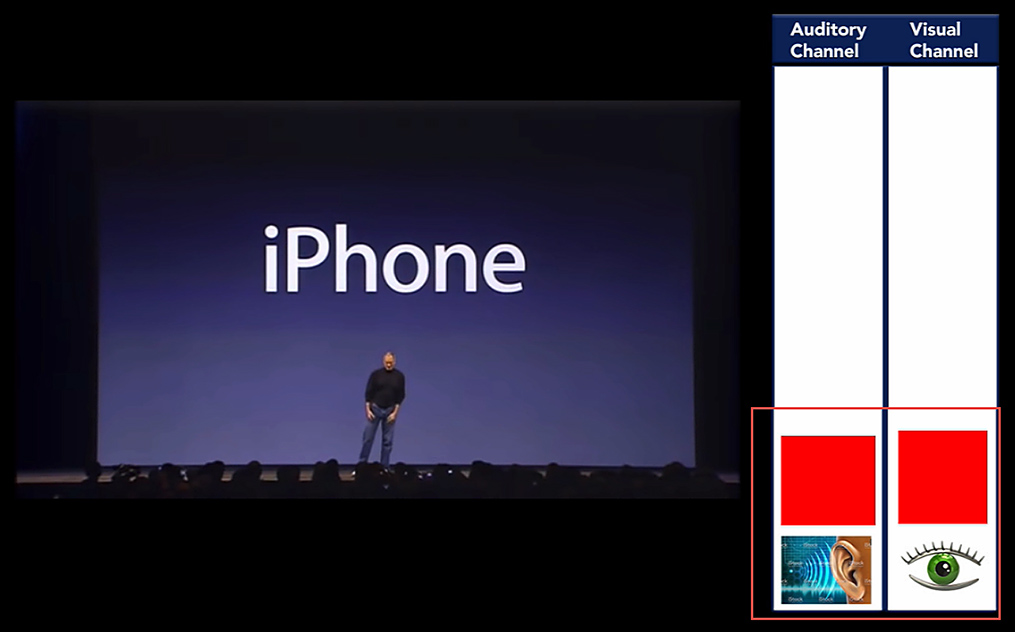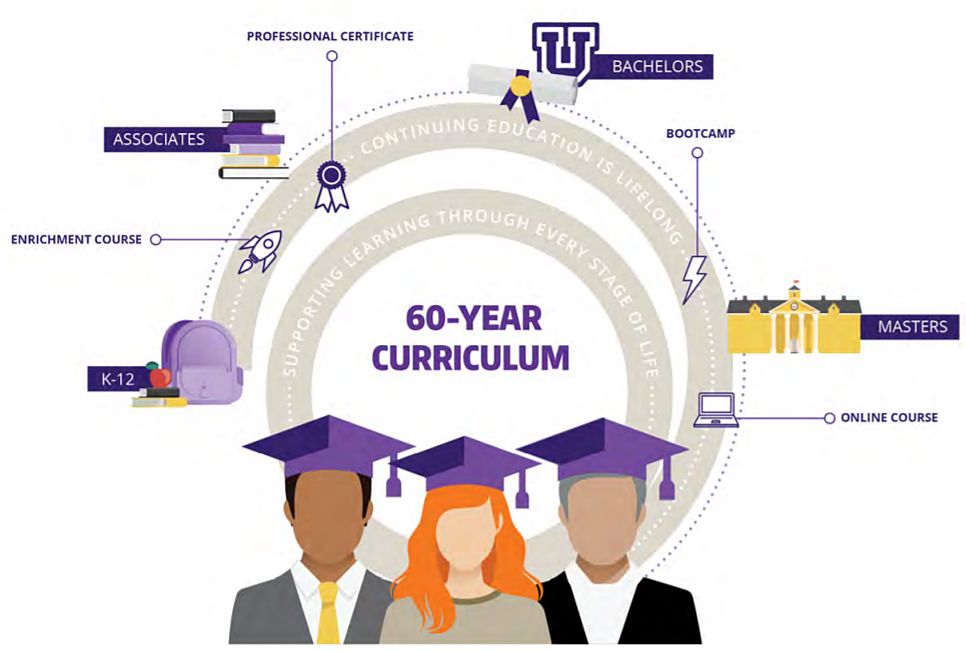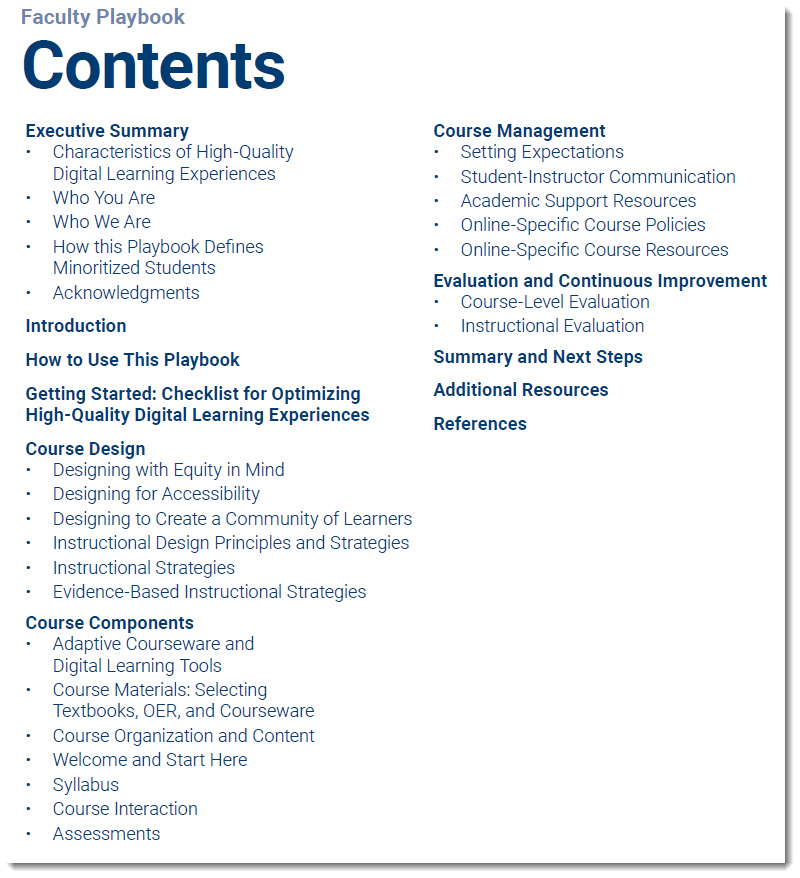Best Document Cameras for Teachers — from echlearning.com by Luke Edwards
Get the ultimate document camera for classroom use and beyond with this guide
2U, Inc. and edX to Join Together in Industry-Redefining Combination — from transformingdigitaleducation.com
- 2U to acquire substantially all edX assets, including edX brand, website, and marketplace
- Together, 2U and edX will reach over 50 million learners, serve more than 230 partners, and offer over 3,500 digital programs on the world’s most comprehensive free-to-degree online education marketplace
- Proceeds of the transaction will go to a nonprofit led by Harvard and MIT focused on transforming educational outcomes, tackling learning inequities
Other items related to this:
- Is the edX Acquisition a Big Deal? — from eliterate.us by Michael Feldstein
- 2U to acquire edX for $800M — from highereddive.com by Natalie Schwartz
- 2U Buys edX for $800M, In Surprise End to Nonprofit MOOC Provider Started by MIT and Harvard — from edsurge.com by Jeffrey R. Young
No, it doesn’t need to be a Zoom — from wired.com by Chris Stokel-Walker
We’re wasting hours of our lives on inefficient video calls. Here’s how to decide when you should jump on a Zoom – and when not to
Excerpt:
Academic research has pinpointed four reasons why we’re growing sick of video calls. For one thing, we’re engaged in an unnaturally large amount of eye contact, which can prove exhausting, according to Jeremy Bailenson professor at Stanford University and founding director of the Stanford Virtual Human Interaction Lab. We’re also stressed out by being confronted with our own face for hours on end (even if you can’t stop staring at it). Bailenson compares it to be followed around with a mirror all day.
From DSC:
What comes to my mind here is that videoconferencing — and meeting in general — requires mental work — and thus energy. Why? Because, as I mentioned in this posting, we are constantly processing auditory and visual channels.
From DSC:
So having to process auditory and visual information hour after hour takes major energy! And some presentations/presenters require a lot more energy than others.
Coursera: The ‘Amazon’ Of Online Education May Grow By Magnitudes — from seekingalpha.com
Summary
- Increasing student dissatisfaction and declining enrollment suggest that many people are rethinking traditional methods of higher education.
- The historical value of universities is becoming defunct as the internet allows a more efficient, less expensive, and more accessible vector of transmitting knowledge.
- Innovative platforms like Coursera offer students a huge “marketplace” of high-quality courses far less expensive than those in traditional universities.
- Given Coursera’s minimal barriers to growth and its massive total addressable market, I would not be surprised to see its annual revenue rise by 10X or more within years.
- COUR may be one of the few recent IPOs which is actually trading below its fundamental fair value – subject to the assumption that online education will eventually supersede traditional models.
For College Finances, There’s No ‘Return to Normal’ — from chronicle.com by Mark S. LeClair
The critical problems facing higher education won’t end with the pandemic.
Excerpt:
Higher ed is in trouble. It faces a demographic crunch in 2026, when smaller high-school graduating classes will mean greater competition for students. That will lead to tuition discounting and underenrolled classes for many colleges. And yet that demographic crisis is only one of many significant challenges the sector faces. As noted by Forbes in its annual review of college and university financials, approximately 20 percent of all institutions now warrant a “D” ranking (its lowest). Many are under serious financial strain and may not survive.
The Forbes financial analyses have been warning of a worsening situation for years. The added stresses from the Covid-19 pandemic will further aggravate the untenable circumstances facing hundreds of institutions. There is now a very short window within which we must carry out significant reforms.
2021 CHLOE 6 Report
CHLOE 6: Online Learning Leaders Adapt for a Post-Pandemic World — from qualitymatters.org
Excerpt:
The 2021 report, authored by Quality Matters and Eduventures® Research, tracks how institutions are reassessing their priorities related to online learning and shifting focus to ed tech enhancements, faculty professional development and online quality. The report was compiled from responses from 422 chief online officers (COO) representing 2- and 4-year colleges and universities.
More than half of the survey respondents (57%) across all sectors of higher education, including predominantly in-person institutions, indicated that, going forward, the pandemic experience is leading to a positive reassessment of institutional priorities related to online learning. Key survey findings from the 69-page report include:
- An elevated commitment to online learning quality assurance goals, including having courses meet quality standards, supported by a commitment to faculty professional development.
- An average 10-15% increase across institutions in online professional development and student orientation to online study to serve formerly in-person faculty and students.
- The largest yearly increases ever in ed tech investment in 2020 and 2021 across all sectors of higher ed.
It’s like Netflix for education: UND considers subscription tuition model — from grandforksherald.com by Sydney Mook; with thanks to Ray Schroeder for this resource out on LinkedIn
Think of it as Netflix or Hulu – popular television subscription services – but for a UND education. Students could pay a flat rate and take as many (or as few) online courses as preferred, so long as they aren’t considered a full-time, degree-seeking student.
Excerpts:
UND wants to add a flat-rate subscription option to its tuition model.
Think of it as Netflix or Hulu – popular television subscription services – but for a UND education. Students could pay a flat rate and take as many (or as few) online courses as preferred, so long as they aren’t considered a full-time, degree-seeking student.
“You enroll, you have a subscription and during that subscription, you can binge watch,” said Jeff Holm, vice provost for online education and strategic planning at UND.
UND says it wants to “provide competency-based, online education that provides ‘micro-pathways’ or smaller targeted units of learning to individuals as a way to enhance their skill set and knowledge for advancing in the labor market or reskilling for a new employment opportunity.”











